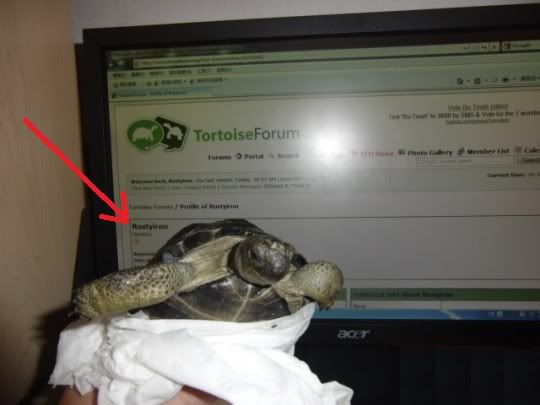Rustyiron said:(snip)
You are right, thanks!
I meant sanding, was really just minor rubbing a little with fine sand paper daily to similate the abrasion.
I haven't done it yet, just asking if this could be the wrong idea.
You are very right, it's better to provide rough/coarse hides for my tortoises to rub itself instead.
The research paper was from Turtletrust, the idea of sandpaper rubbing was from other non-English paper.
I would still be interested in the sources for both ideas- like I said, that sort of thing fascinates me.
As for a daily rubbing... IF I were going to do something like that- just as a thought experiment- I would probably use cheap white toothpaste. It uses a fine grade silica sand to make the abrasive, and works great for a lot of polishing jobs. Get the shell good and wet, smear some paste on and use my whole hand to rub the shell for a few minutes, spreading the pressure out. You probably would not notice anything for several sessions if you do it right, and it would not change pyramiding.
In fact, if the tortoise has ANY pyramiding- even if the species is supposed to pyramid, I would not do this since it would be too easy, even with this mild abrasive, to take off too much from the peaks.
